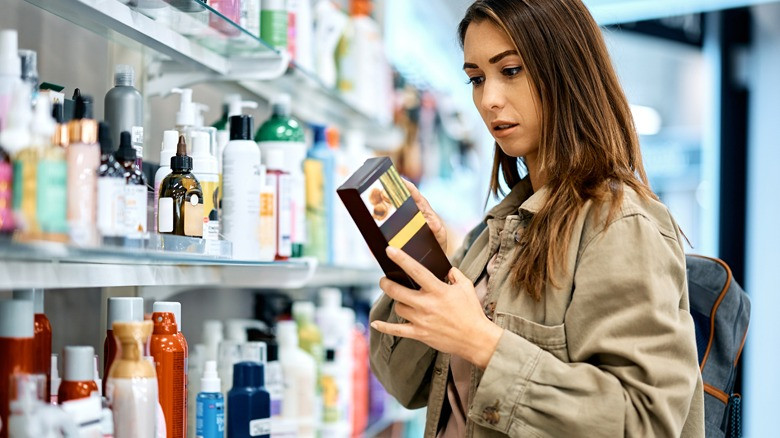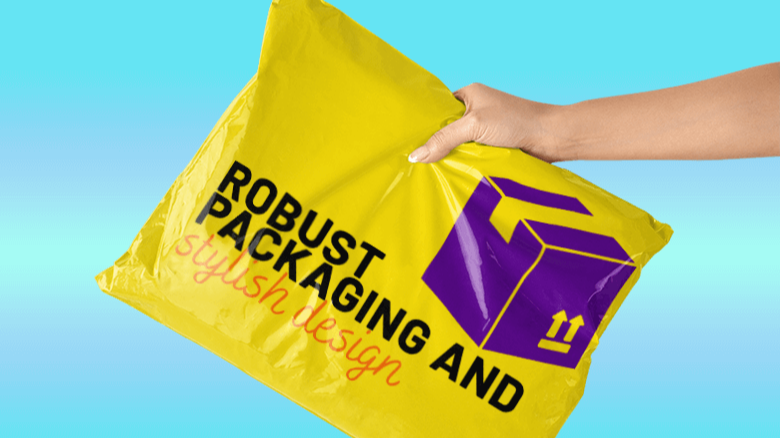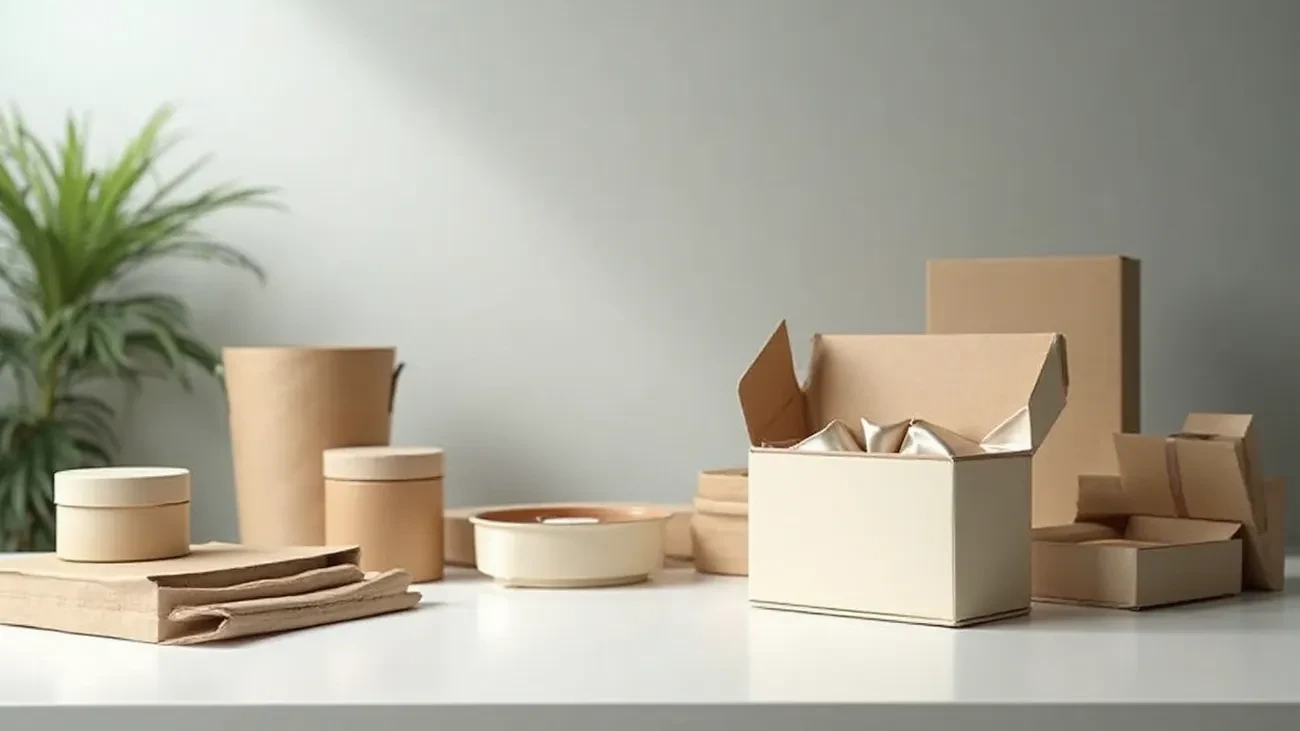The Impact of Packaging Design on Consumer Buying Behavior
Packaging: A Gateway to Unlimited Sales Opportunities.
The role of packaging is multifaceted, extending from ensuring product safety during transportation to enhancing brand identity and increasing sales. Consider this: 7 out of 10 consumers affirm that packaging significantly impacts their purchasing decisions. This statistic underscores the necessity for businesses to prioritize packaging design in their marketing strategies, harnessing its power to immediately capture consumer attention.
According to a study by Nielsen, consumers in a physical store spend about 13 seconds before making a purchasing decision. When shopping online, they dedicate only 19 seconds before finalizing a purchase. On the other hand, Dupa's research narrows this decision-making window to a mere 7 seconds, further emphasizing the pivotal role of packaging in shaping consumer awareness.
A well-crafted package adorned with distinctive visual elements can elevate your product, setting it apart from the competition. This subtle yet powerful manipulation of consumer psychology plays a vital role in influencing purchase decisions. But what exactly are these visual elements, and how do they work?
In this article, we will delve into the psychology behind packaging and its influence on consumer behavior. We'll also explore the crucial factors that can compel consumers to choose your product over the others in the marketplace.
1. The Psychology of Colors
The psychology of colors plays an important role in packaging by influencing consumer behavior. Each color elicits a unique emotional response and communicates specific messages about the brand. For example, red is typically associated with excitement, passion, desire, and power. Blue suggests tranquility, trust, and transparency. Black exudes elegance and sophistication, while purple is often linked to femininity, youth, and beauty. Therefore, companies that promote mass consumption products tend to favor bold colors like red and yellow. In contrast, luxury brands usually choose black or white to emphasize the high quality of their products.
2. The Shape Makes the Difference
The shape of a product's packaging is a crucial factor that sways consumer purchase decisions. For instance, packaging with curved lines can instill feelings of comfort, approachability, and warmth, giving the product a more inviting and accessible appearance. In contrast, packaging with straight lines and sharp angles conveys simplicity, efficiency, and precision, appealing to consumers seeking practicality and immediate results. Products with distinctive or non-conventional packaging shapes can catch the eye on a crowded shelf, capturing the attention of potential buyers.
3. All about Texture
The material of the packaging and how it feels to a consumer's touch can have a significant effect on buying decisions. Premium materials can invoke a sense of luxury and trust, while incorporating recycled materials can boost the company's eco-friendly reputation. Moreover, attention to detail such as embossed printing or the addition of elements like cord or velvet can elevate the consumer's experience, giving the product a unique, appealing, and superior quality feel. "When a consumer holds something that feels good, their brain forms associations regarding the quality of the package and the product within," says Lloyd Neilson, head of IPL in China. Interestingly, even the product's weight can sway perceptions, with heavier items often viewed as offering better value for money option.
4. The Power of Implied Motion
In line with neuromarketing theory, which uses neuroscience to tap into consumers' subconscious preferences, decisions, and motivations, another significant factor that impacts their mindset is the perception of motion in product packaging. To be precise, packaging designs that incorporate dynamic elements on their outer surface have the power to capture attention, stimulate enthusiasm, and emphasize key product attributes such as freshness and flavor. While this technique originated in the food industry, it holds potential for enhancing the appeal of products across all business sectors.
Whether in physical stores or the digital realm of e-commerce, the significance of packaging remains paramount. When strategizing on the optimal packaging for your products, numerous considerations must be taken into account in order to meet your business objectives. Keep in mind; businesses that have fine-tuned their packaging strategies have witnessed a 30% rise in revenues, according to 'Packaging of the World'. Furthermore, 'WestRock' reports that 63% of consumers have been influenced to make repeat purchases of a product, largely driven by its packaging.






